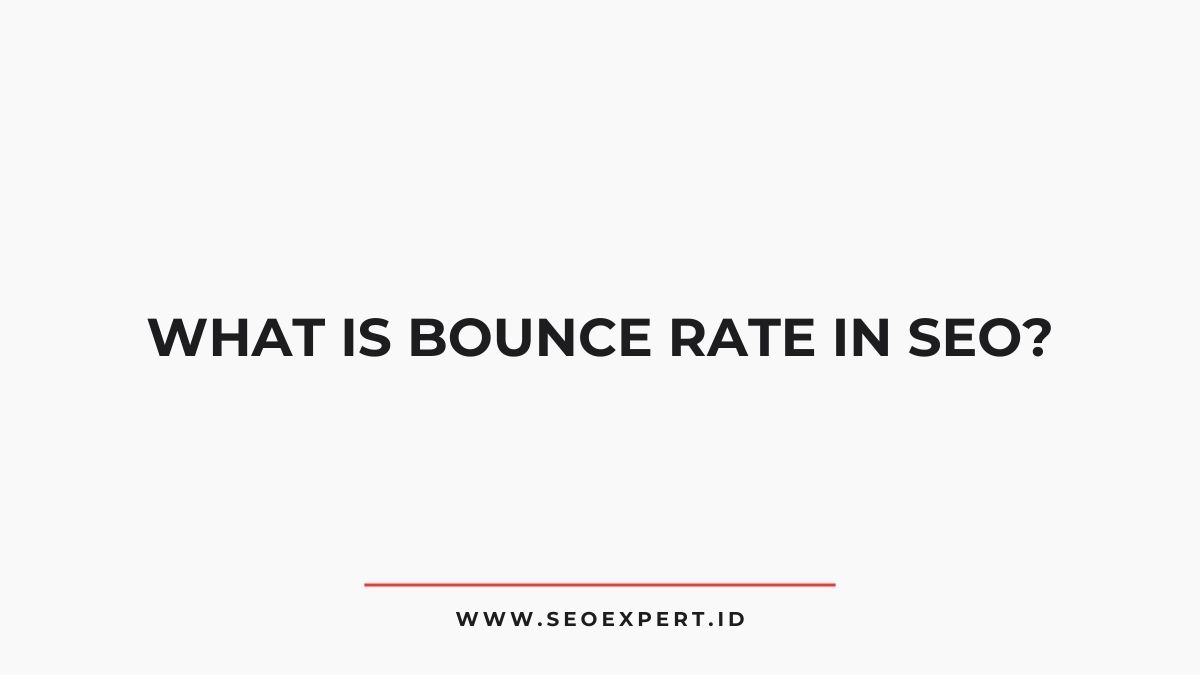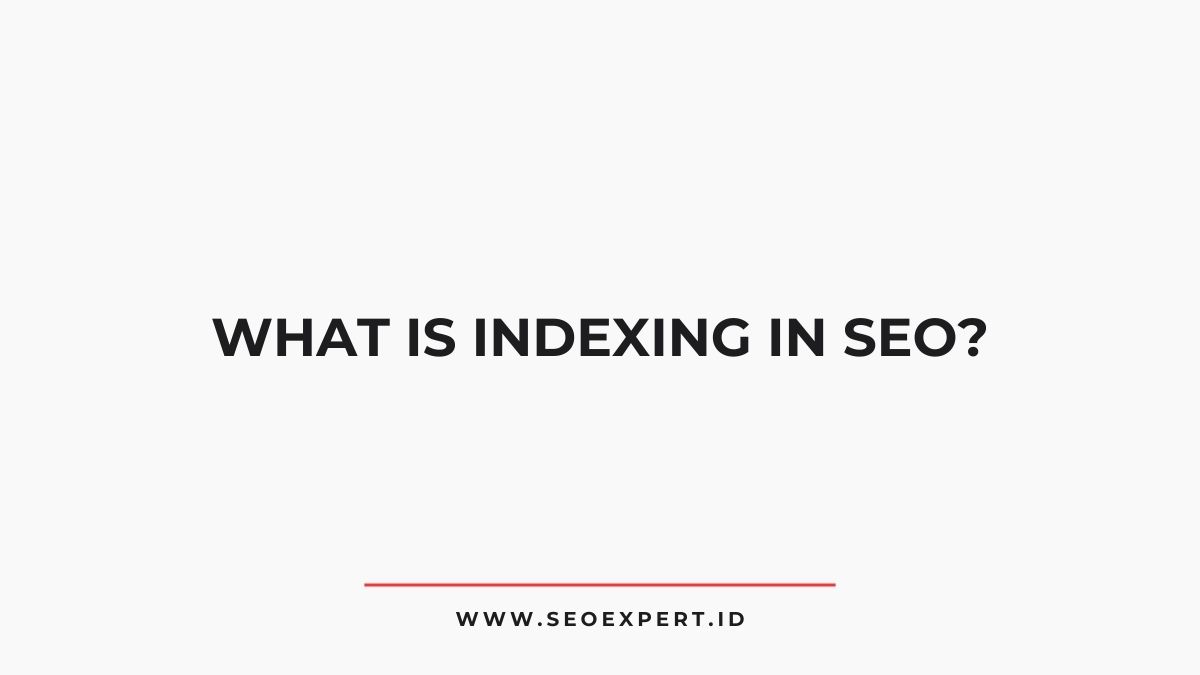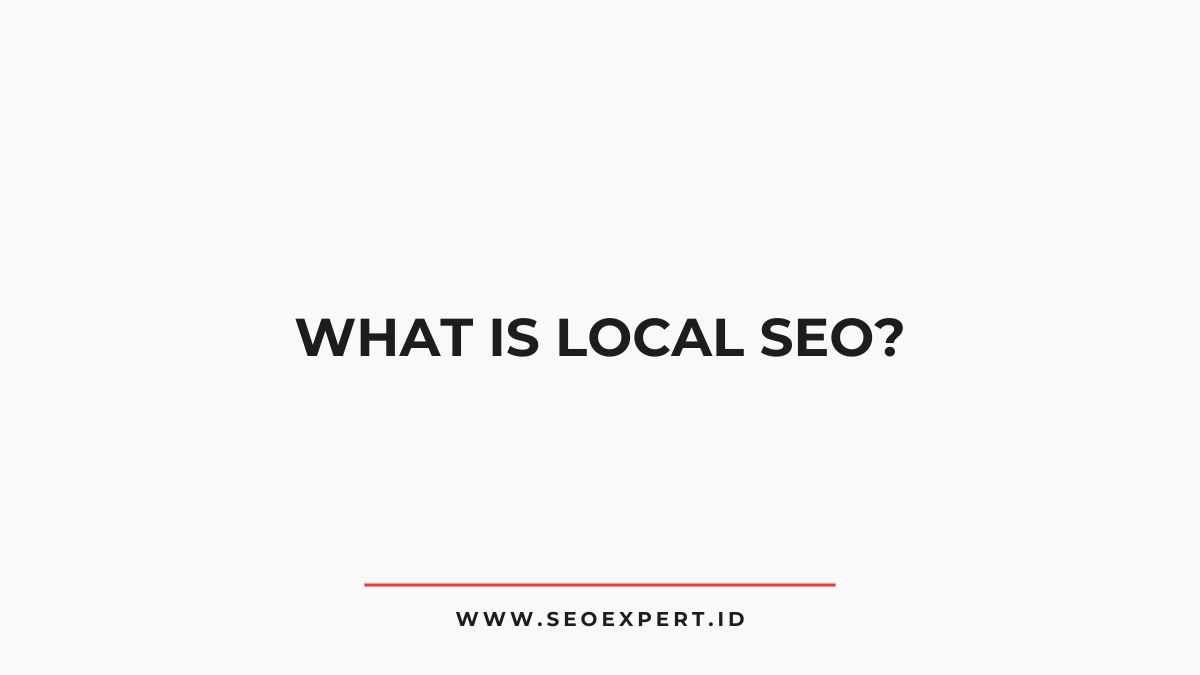Bounce rate measures the percentage of visitors who leave a website after viewing only one page without further interaction.
Writecream
Your ultimate secret weapon for SEO, sales, and marketing success.
In SEO, high bounce rates may signal content relevance issues, poor user experience, or technical problems.
Traditional Google Analytics calculates it as single-page sessions divided by total sessions, while GA4 focuses on engagement metrics instead.
Industry benchmarks vary: e-commerce sites target under 40%, while content sites accept 60-70%. Understanding bounce patterns reveals critical optimization opportunities worth exploring.
TL;DR
Hide- Bounce rate measures the percentage of visitors who leave a website after viewing only one page without further interaction.
- In Universal Analytics, bounce rate equals single-page sessions divided by total sessions, while GA4 uses engagement rate instead.
- High bounce rates (80%+) typically indicate user experience issues like slow loading times or poor mobile compatibility.
- Industry benchmarks vary widely: e-commerce sites target below 40%, while content sites accept 60-70%.
- Reducing bounce rates requires relevant content, clear navigation paths, effective calls-to-action, and mobile optimization.
Defining Bounce Rate: What Actually Constitutes a Bounce?
Confusion often surrounds the precise definition of bounce rate in the SEO landscape.
Technically, a bounce occurs when a visitor lands on a webpage and exits without triggering any additional server requests or engaging with the site in any measurable way.
Google Analytics classifies a session as a bounce when only a single page is viewed and no interactions are recorded.
These interactions include clicking internal links, submitting forms, playing embedded media, or any event that can be tracked as engagement.
A bounce occurs when visitors view just one page without any trackable engagement before leaving your site.
It’s essential to understand that bounce rate differs from exit rate, which measures the percentage of visitors who leave from a specific page after viewing multiple pages.
A high bounce rate indicates visitors aren’t finding value sufficient to warrant further exploration, potentially signaling content misalignment with user intent or technical accessibility issues.
How Google Analytics Measures and Reports Bounce Rate
Google Analytics measures bounce rate by tracking sessions where users visit only a single page before exiting the website.
The calculation methodology differs considerably between Universal Analytics, which uses session-based metrics, and GA4, which focuses on engagement events to determine user interaction.
These measurement differences directly affect other SEO performance indicators, including average session duration, pages per session, and overall site engagement assessment.
Tracking Single-Page Sessions
While many SEO professionals discuss bounce rate in general terms, understanding how Google Analytics specifically measures this metric is essential for accurate interpretation.
Google Analytics classifies a session as a “bounce” when a user lands on a page and exits without triggering any additional requests to the Analytics server.
This single-page session measurement has important nuances. By default, Analytics only records page loads, not user engagement. This means a visitor who spends ten minutes reading content but doesn’t click anywhere else is counted as a bounce.
Implementing event tracking can provide more accurate engagement data by recording interactions like scroll depth, video plays, or form interactions without navigation to another page.
These configured events can effectively transform what would technically be a bounce into an engaged session.
Universal vs. GA4 Methods
The fundamental measurement of bounce rate underwent a significant transformation with the evolution from Universal Analytics (UA) to Google Analytics 4 (GA4).
In UA, bounce rate represented the percentage of single-page sessions without additional engagement, calculated by dividing single-page sessions by total sessions.
GA4 employs an entirely different methodology, replacing bounce rate with “engagement rate.” This metric reverses the calculation, measuring the percentage of engaged sessions rather than bounces.
GA4 defines an engaged session as one where users either remain active for 10+ seconds, complete a conversion event, or view multiple pages.
The formula becomes (engaged sessions ÷ total sessions) × 100.
This shift reflects Google’s more nuanced approach to user engagement analysis, acknowledging that time-based interactions can provide valuable signals even within single-page visits.
Impact On SEO Metrics
Bounce rate’s transformation in Google Analytics has significant implications for SEO performance evaluation and reporting. The shift from Universal Analytics’ session-based bounce rate to GA4’s engagement-centric metrics requires analysts to recalibrate their performance benchmarks.
In GA4, the engagement rate effectively replaces bounce rate as a key indicator of content quality. This impacts how SEO specialists interpret user behavior signals and report success metrics to stakeholders.
Technical SEO audits must now incorporate engagement duration thresholds rather than simple exit percentages.
When correlating analytics data with search rankings, practitioners should note that engagement metrics align more closely with Google’s stated preference for quality user experiences.
The historical inverse relationship between bounce rate and conversion potential remains relevant, but must be analyzed through GA4’s new engagement lens when evaluating landing page effectiveness.
Industry Benchmarks: What’s Considered a Good vs. Bad Bounce Rate?
Understanding bounce rate benchmarks across different industries provides essential context for evaluating website performance metrics.
E-commerce sites typically target bounce rates below 40%, while content-focused blogs may consider 60-70% acceptable depending on their objectives and user engagement patterns.
Identifying problematic bounce rates requires analyzing industry standards alongside site-specific goals, then implementing targeted improvements to navigation, content quality, or page load times when metrics fall markedly outside acceptable ranges.
Bounce Rate Benchmarks By Industry
Industry-specific benchmarks provide essential context for evaluating bounce rates, as what constitutes “good” or “bad” varies considerably across different business sectors.
E-commerce sites typically maintain acceptable bounce rates between 20-45%, with higher-end retailers experiencing lower rates due to more qualified traffic.
Informational websites, including blogs and news sites, commonly see 40-60% bounce rates as users often obtain their needed information from a single page.
Service-based businesses average 10-30% for bounce rates, reflecting the necessity for visitors to browse multiple pages before conversion.
B2B websites generally maintain 25-55% rates, while landing pages specifically designed for campaigns may acceptably reach 70-90%.
Recognizing these sectoral differences enables SEO professionals to establish realistic targets rather than pursuing arbitrary standards irrelevant to their specific industry context.
Contextualizing Your Metrics
Three key factors must be considered when contextualizing bounce rate metrics beyond simplistic “good” or “bad” labels.
First, page intent matters—a high bounce rate on informational pages may indicate user satisfaction rather than disengagement.
Users often find what they need and leave naturally.
Second, traffic source quality greatly impacts bounce metrics. Irrelevant traffic from misaligned channels typically produces higher bounce rates, while targeted traffic generally exhibits healthier engagement patterns.
Third, device segmentation reveals critical insights, as mobile users typically bounce more frequently than desktop users due to interface constraints and usage patterns.
Analysis should extend beyond industry averages to examine historical performance trends within your site.
This contextual approach provides a more accurate assessment of whether your specific bounce rates indicate optimization opportunities or reflect appropriate user behavior for your content type.
Improving Problem Bounce Rates
While bounce rate benchmarks vary considerably across industries, establishing reference points helps SEO practitioners identify problematic performance trends.
Generally, e-commerce sites perform well with bounce rates under 40%, while content-based sites like blogs may acceptably operate at 65-70%.
Rates exceeding 80% typically indicate serious user experience issues requiring immediate attention.
To improve problematic bounce rates, organizations should implement a methodical approach:
- Analyze page load speeds and optimize accordingly
- Verify content matches search intent
- Improve mobile responsiveness
- Enhance readability with proper formatting
- Create clear calls-to-action
- Test site navigation patterns
- Deploy strategic internal linking
Industries with complex products or services may experience inherently higher bounce rates, necessitating customized benchmarking against direct competitors rather than universal standards.
The Relationship Between Bounce Rate and SEO Performance
Although many SEO professionals debate the direct impact of bounce rate on search rankings, the relationship between bounce rate and SEO performance remains significant.
The correlation lies primarily in how bounce rates reflect user experience signals that search engines value.
High bounce rates may indicate content that fails to meet user expectations, potentially triggering subsequent algorithm adjustments.
When visitors quickly return to search results, engines might interpret this behavior as dissatisfaction with the resource provided.
Conversely, pages with lower bounce rates often demonstrate strong engagement metrics, including longer dwell time and higher page views per session. These positive signals correlate with content that satisfies user intent—a primary goal of search algorithms.
SEO practitioners should focus less on bounce rate as an isolated metric and more on its context within overall user engagement patterns when optimizing sites.
Common Causes of High Bounce Rates You Can Fix
Several technical issues and content misalignments contribute to high bounce rates that webmasters can readily address through strategic optimization.
Slow page loading times frequently drive visitors away, with conversion rates dropping approximately 7% for each second of delay.
Mobile incompatibility creates frustrating user experiences, as over 50% of global web traffic now comes from mobile devices.
Misleading meta descriptions or titles create expectation gaps when content fails to deliver what was promised.
Poor content structure—including walls of text without proper headings or visual breaks—overwhelms visitors and encourages immediate departure.
Intrusive pop-ups and excessive advertisements similarly disrupt user experience, prompting abandonment. Hidden navigation menus and unclear calls-to-action leave users without clear pathways forward.
Implementing proper technical standards, creating scannable content, and ensuring alignment between search queries and delivered information can greatly reduce bounce rates.
Technical Factors That Influence Bounce Rate
Technical factors that influence bounce rate extend beyond content quality to the core performance aspects of a website.
Page loading speed stands as a critical metric, with research indicating users abandon sites that take longer than three seconds to load.
Mobile responsiveness directly impacts user retention, as non-optimized layouts create frustrating experiences that drive immediate exits.
Server reliability affects bounce rates through intermittent downtime or timeout errors.
Similarly, HTTPS security certification influences user trust; visitors often leave unsecured sites upon seeing browser warnings.
JavaScript errors and broken functionality create impassable barriers, while intrusive interstitials and aggressive popup implementations violate Google guidelines while disrupting user experience.
Clean URL structures and breadcrumb navigation provide orientation that reduces abandonment, particularly for visitors arriving from search engines.
Each technical optimization reduces friction points that might otherwise trigger premature site departures.
Strategies to Decrease Bounce Rate and Increase Engagement
Addressing bounce rate issues requires implementing strategic engagement tactics that complement technical optimizations.
Website owners should create relevant, thorough content that directly answers user queries, incorporating engaging visuals, videos, and interactive elements to sustain visitor attention.
Establishing clear navigation paths with prominent internal links and effective calls-to-action guides users deeper into the site.
A thoughtfully designed content hierarchy that presents critical information early while gradually revealing supporting details helps maintain interest.
Additionally, implementing personalization features based on user behavior patterns can greatly increase engagement.
Regular content freshness updates, prominently displayed related content suggestions, and strategic exit-intent popups with valuable offers can reduce premature departures.
Finally, conducting regular user testing and analyzing engagement metrics allows for continuous refinement of strategies, ensuring bounce rate improvements align with overall business objectives.
How to Analyze Bounce Rate Data to Drive Meaningful Changes
Extracting actionable insights from bounce rate data requires a methodical approach that goes beyond surface-level metrics.
Analysts should segment bounce rates by traffic source, device type, and landing page to identify specific problem areas rather than relying on site-wide averages.
When evaluating data, compare current bounce rates against historical benchmarks and industry standards to establish contextual understanding.
A sudden spike may indicate technical issues, while consistently high rates on mobile devices suggest responsive design problems.
Heat mapping tools provide visual representation of user interaction patterns, revealing where visitors lose interest.
Combined with session recordings, these insights expose navigation difficulties or content misalignment with user intent.
The goal isn’t merely to lower bounce rates but to translate findings into concrete improvements – whether restructuring content, enhancing page load speed, or refining calls-to-action to create more intuitive user journeys.
Parting Insights
Bounce rate remains a critical but often misinterpreted SEO metric.
By understanding what constitutes a bounce, analyzing contextual benchmarks, and implementing technical optimizations, practitioners can transform even the most catastrophically high bounce rates into engagement opportunities.
Strategic analysis of user behavior patterns allows SEO professionals to make data-driven adjustments that align content with user intent, ultimately improving search performance and conversion potential.








